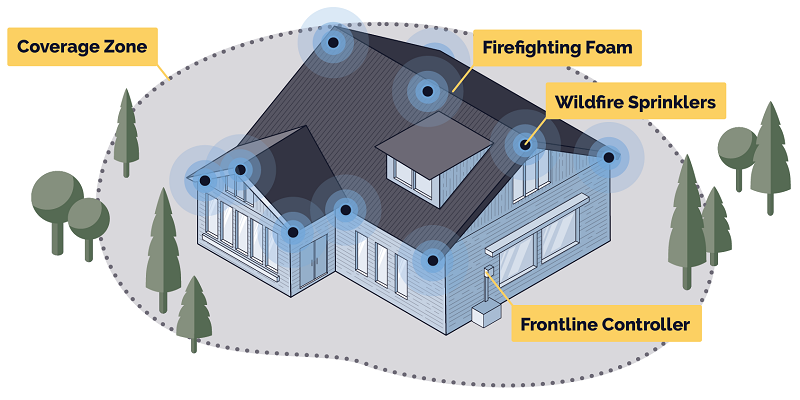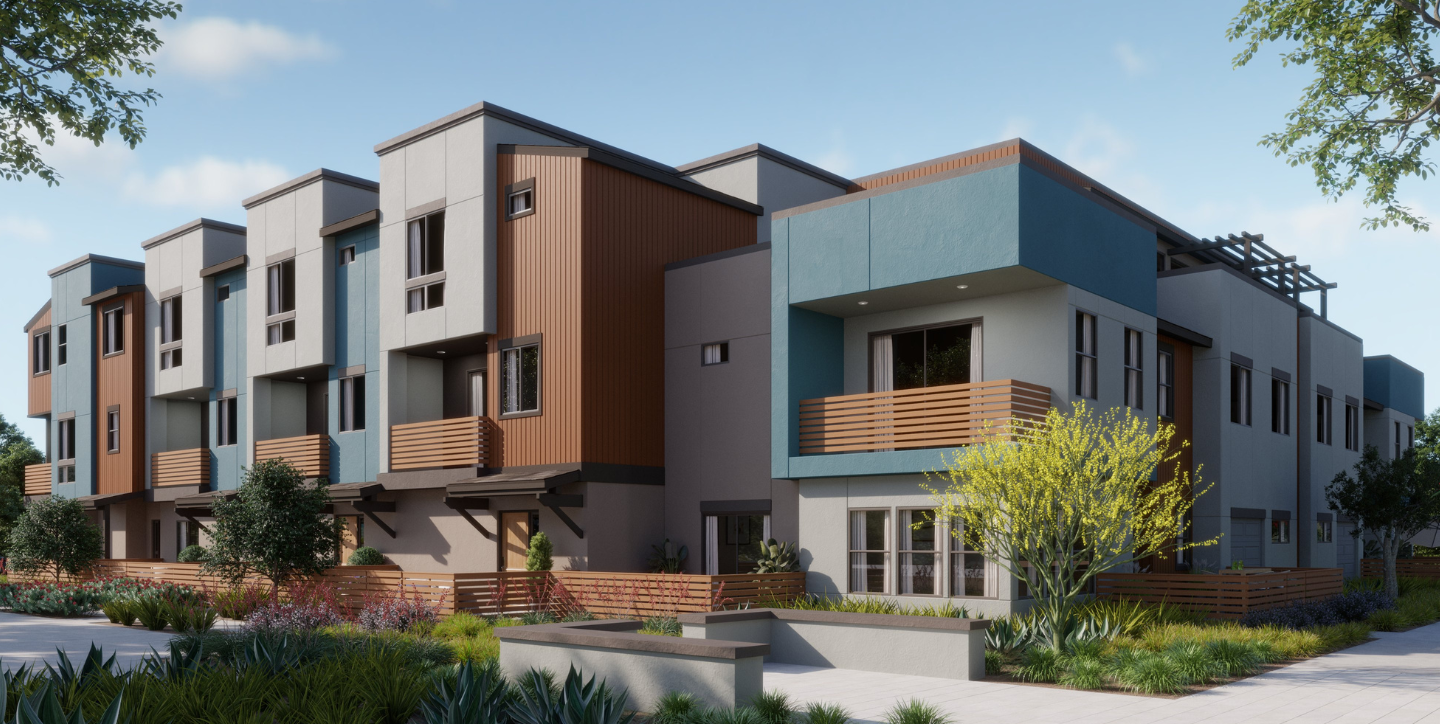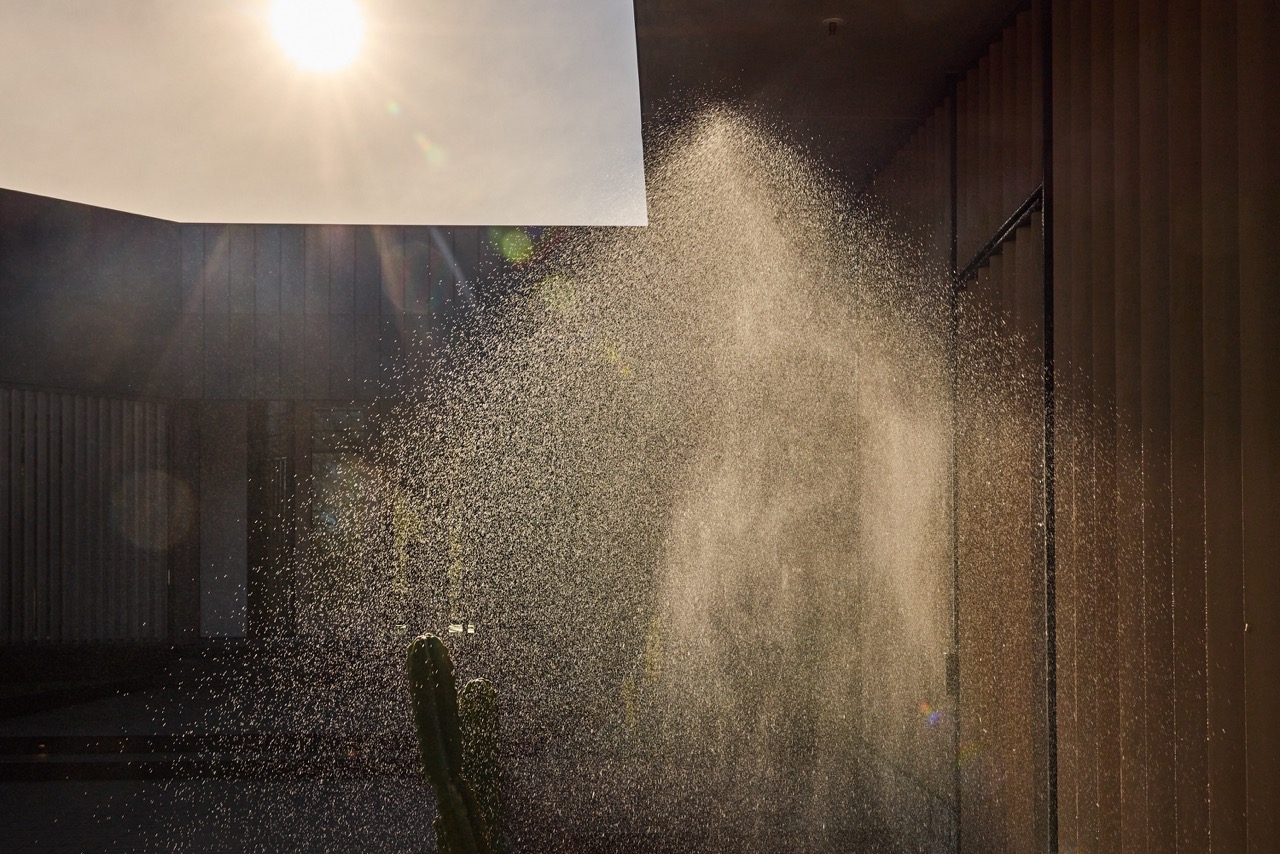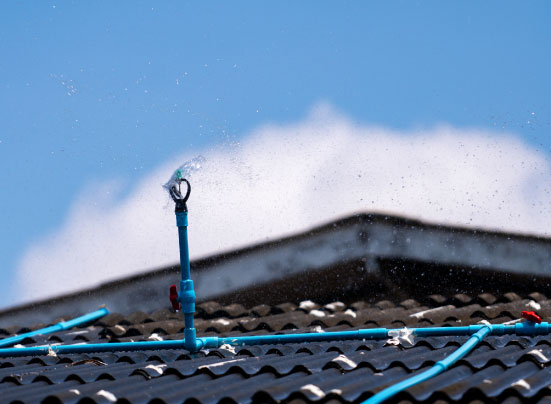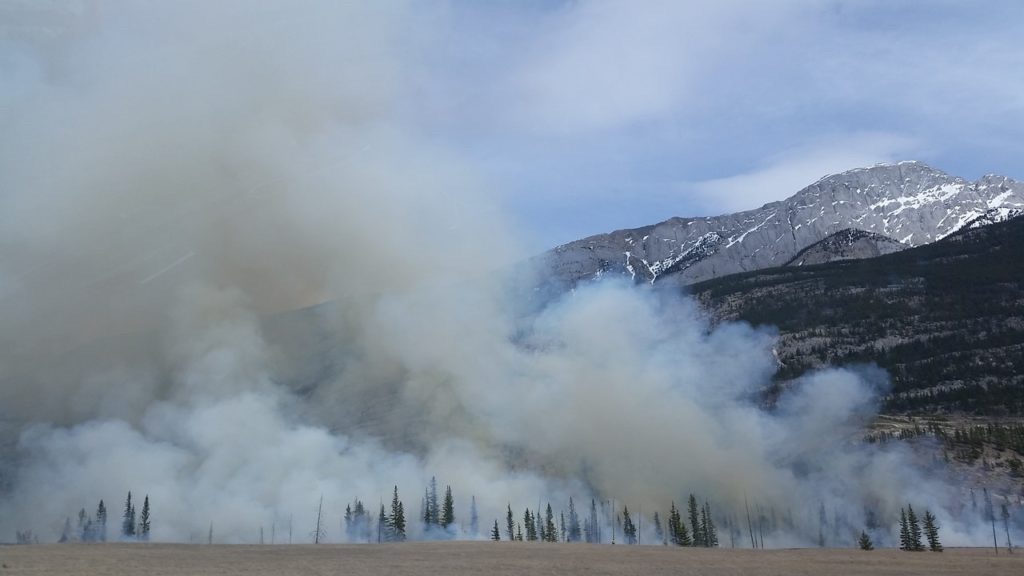
Wildfires are devastating in many ways. From burning hundreds of thousands of acres of land and destroying countless structures to causing extreme monetary damage, California wildfires cause nearly immeasurable damage in rural and urban areas across the state.
To better understand the damage caused by wildfires in California and increase awareness of the importance of wildfire prevention, it’s important to take a look at the numbers behind the worsening wildfires that the state has experienced over the past several years. Here’s a closer look at California wildfire damage over the past few decades, including acreage burned, structures destroyed, and financial losses caused by these disasters.
Protect your home from wildfire by installing a Frontline Wildfire Defense exterior sprinkler system. For more information, contact us today for a free consultation or use our California fire map to track active fires in real-time.
Wildfire Impact in California
California wildfires grow more severe every year. By taking a look at the numbers, we can get a better idea of how much worse this situation is becoming on a yearly basis.
To get more context behind the damage caused by California wildfires, here are some of the most significant statistics regarding the impacts of these disasters across the state:
Acreage Burned by Wildfires
Fire is an important natural process to the plant communities of California, and fire plays an integral role in sustaining ecological diversity and succession within plant communities. We have historically measured the severity of a fire by the number of acres it burned; however, this approach is counter to balancing the needs of the ecosystem with protection of structures and infrastructure. Additionally, burned acreage doesn’t necessarily result in the largest financial losses or casualties.
According to a joint study by The Nature Conservancy and emLab UC Santa Barbara, acres burned by wildfires in California have been increasing at a growing rate since 1980. From 2009 to 2018, the annual rate of acres burned was 708,000 acres, compared to 337,000 acres from 1979 to 1988.
For a more accurate idea of how wildfires threaten human activity and structures, we can look at wildfire incidents in the Wildland Urban Interface (WUI), which refers to areas that include both houses and wildland vegetation.
According to the same study, the average WUI area burned from 2009 to 2018 was 32,000 acres, compared to 22,000 acres from 1979 to 1988. This tells us that wildfires are becoming more destructive in terms of total structures burned, area burned, and they are also becoming more threatening to people living in California.
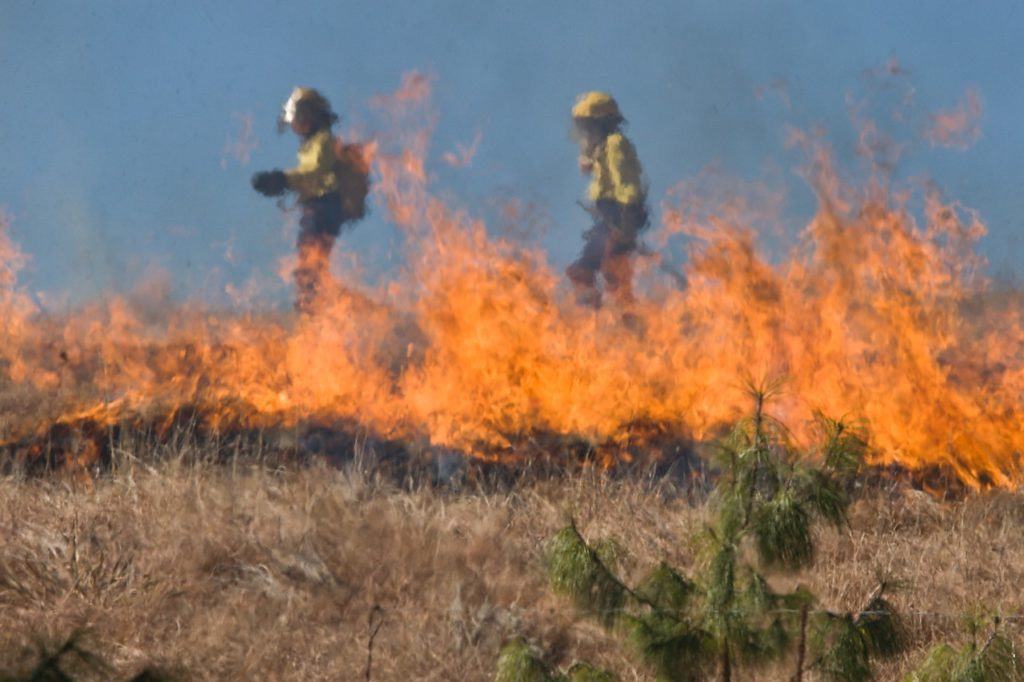
Structures Destroyed as a Measurement of Wildfire Severity
Structures destroyed by wildfires typically result in larger financial losses than acres burned, and structures (together with the infrastructure that supports them) should be the main focus of protection. Unfortunately, California is particularly susceptible to this threat.
Verisk Wildfire Risk Analysis determines the number of properties at high risk of wildfire damage in states across the country. According to this analysis, California is by far the state with the largest number of properties susceptible to wildfire damage with a total of over two million.
Moreover, per Headwaters Economics, California is home to eight of the top 10 most destructive wildfires and has more than half of all United States structure losses with nearly 60,000 structures destroyed by wildfires. The Camp Fire of 2018 alone destroyed more than 18,800 structures in Butte County, making it the most destructive wildfire in California history.
Moreover, as structures burn, carbon dioxide and other gases that were previously permanently sequestered within the structure’s building materials are released into the atmosphere, contributing to climate change, and in turn, creating more ideal conditions for wildfires to spread in the future.
Monetary Damage
Monetary damages caused by wildfires can be somewhat difficult to measure due to the sheer amount of destruction possible in these disasters. With that said, there are two particularly informative statistics we can look at: fire suppression costs and estimated structure value lost.
Cal Fire collects data on emergency fund fire suppression expenditures. According to its findings, expenditures have consistently increased since 1979. Fire suppression expenditures for 2019 to 2020 were estimated to be $691 million, compared to about $12 million from 1979 to 1980.
According to the study by emLab, the top five counties in terms of estimated value of structure losses in California were:
- Butte: $3.52 Billion
- Sonoma: $2.14 Billion
- Los Angeles: $0.94 Billion
- Napa: $0.48 Billion
- Shasta: $0.37 Billion
Wildfires in urban areas tend to result in the most significant financial losses, as they destroy more structures, compared to wildland fires which primarily burn vegetation.
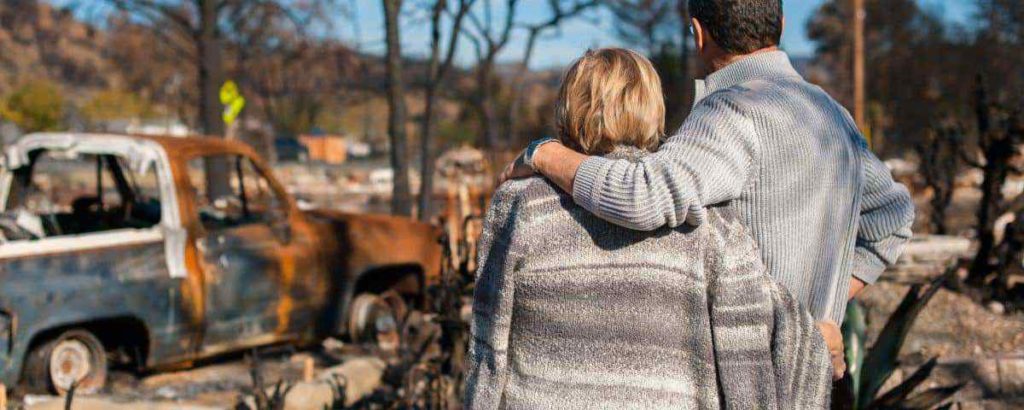
Casualties
Historically, California wildfires have not resulted in a significant number of casualties; however, the number of civilian deaths due to fire has increased over time, per the emLab study. Prior to the year 2000, there were a total of four civilian deaths from wildfires in State Responsibility Areas (SRAs). However, from 2000 through 2017, there were a total of 84 civilian deaths.
Firefighter deaths, on the other hand, have remained consistent, averaging approximately one death per year from 1979 through 2018.
The Camp Fire, which we previously mentioned as the most destructive fire in California history, was also the deadliest, resulting in a total of 85 deaths.
The Future of Wildfires in California
Damage from California fires has steadily increased over the past several decades, not only in terms of acreage burned, but also in terms of structures destroyed, financial losses, and human casualties.
As climate conditions continue to worsen and create prime conditions for severe wildfires, it’s more important than ever for California residents to understand the risks that wildfires present and take steps to protect themselves, their families, and their homes.
Install an Exterior Sprinkler System
